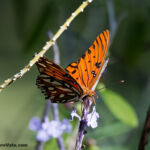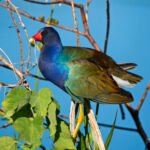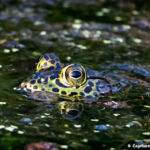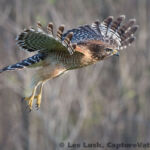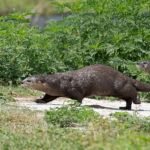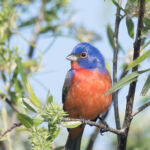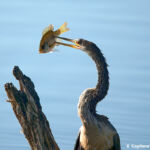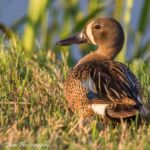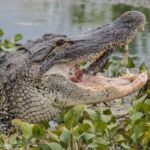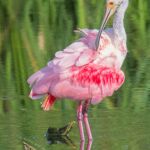Lake Apopka is located 15 miles (24 km) northwest of Orlando. It is the third largest lake in the state of Florida. The north shore of Lake Apopka is a haven for bird watching, wildlife photographers and nature lovers of all ages. While there are six main access points to the lake, the main attraction is the Lake Apopka Wildlife Drive.
There are at least 367 different species of birds that find refuge around the lake. Alligators, bobcats, otters and other wildlife also call the lake and it’s surrounding area home.
Lake Apopka Wildlife Drive
Lake Apopka Wildlife Drive lets you see and photograph a large variety of birds and wildlife from the comfort of your automobile. The drive takes about two hours (depending on stops). To learn more about access to the lake, visit Lake Apopka area access and trail map.
Visit any of the galleries above to see photos of the wide variety of birds and other wildlife found around Lake Apopka.
About the Lake
Lake Apopka is in the headwaters of the Ocklawaha River. At approximately 48.4 square miles in size, Lake Apopka is the fourth largest lake in Florida and receives water from spring flow, rainfall and storm-water runoff. The lake was identified for cleanup under Florida’s Surface Water Improvement and Management Act of 1987. In 1996, the Florida Legislature furthered its previous mandate to clean up the lake by providing funds to buy additional agricultural lands north of the lake.
The former farmlands make up the Lake Apopka North Shore, a restoration area where the St. Johns River Water Management District’s major activities include marsh and floodplain restoration and the creation of a marsh flow-way that filters Lake Apopka’s waters by circulating lake water through restored wetlands, returning cleaner water to the lake. The wildlife drive is along a portion of the former farm fields.
These public lands help protect water quality and storage, indigenous floral and faunal species, cultural resources, and provide natural resource-based recreational opportunities.

